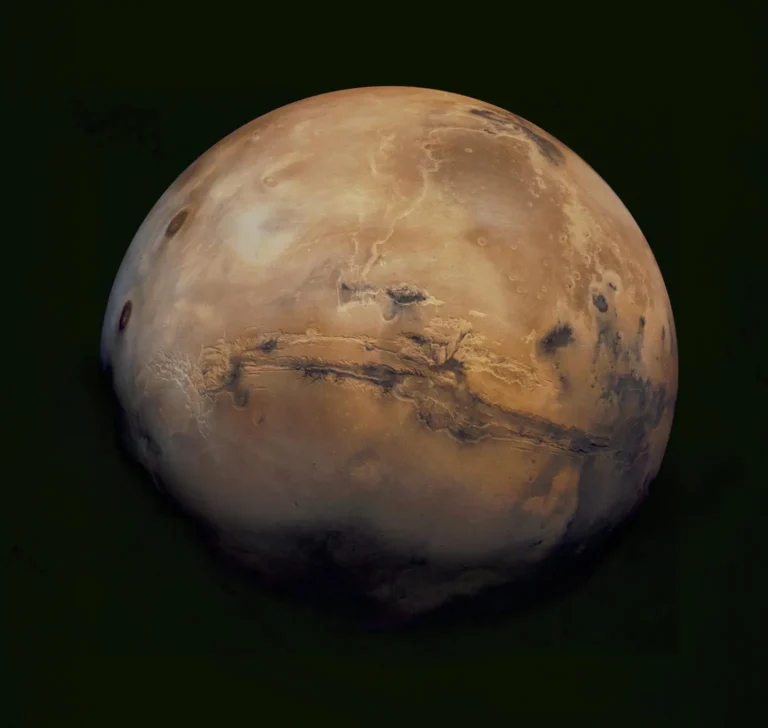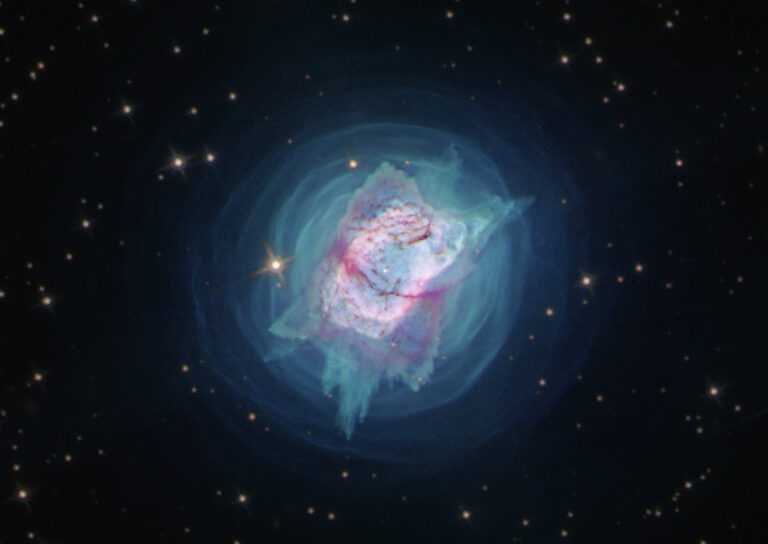
Key Takeaways:
When you first hear of a galaxy group referred to as a sextet, you’d expect to find six close-set galaxies fighting a gravitational tug-of-war. Well, in this case, you’d be wrong. Seyfert’s Sextet is actually a quartet, since it contains only four interacting galaxies — plus one photobomber.
In 1882, Édouard Stephan discovered the primary galaxy, a bright spiral in the head portion of the split constellation Serpens. It became known as NGC 6027. Another seven decades passed before Carl Seyfert uncovered a horde of fainter galaxies huddled nearby. He wrote of his find in the April 1951 issue of Publications of the Astronomical Society of the Pacific. As was the custom, the newly found galaxies were assigned new NGC annex numbers. Seyfert’s article listed them as NGCs 6027A through E.
Seyfert acknowledged in the article that the group was not physically made up of six galaxies. Nonetheless, the name stuck. Today, we recognize that spiral galaxy NGC 6027A, lenticular galaxy 6027B, and barred spiral 6027C are all coming together with NGC 6027, the most massive of the quartet.
All are about 190 million light-years away. Eventually they will meld into a single giant elliptical galaxy, but this is billions of years into the future. However, we already see evidence of tidal distortions in all four systems. In fact, NGC 6027E is not a separate galaxy at all, but rather a tidal tail of stars and interstellar matter dragging behind NGC 6027. The sixth member of the sextet, NGC 6027D, is a face-on barred spiral galaxy seen lying comfortably about five times farther away than the rest — 877 million light-years to be exact.








